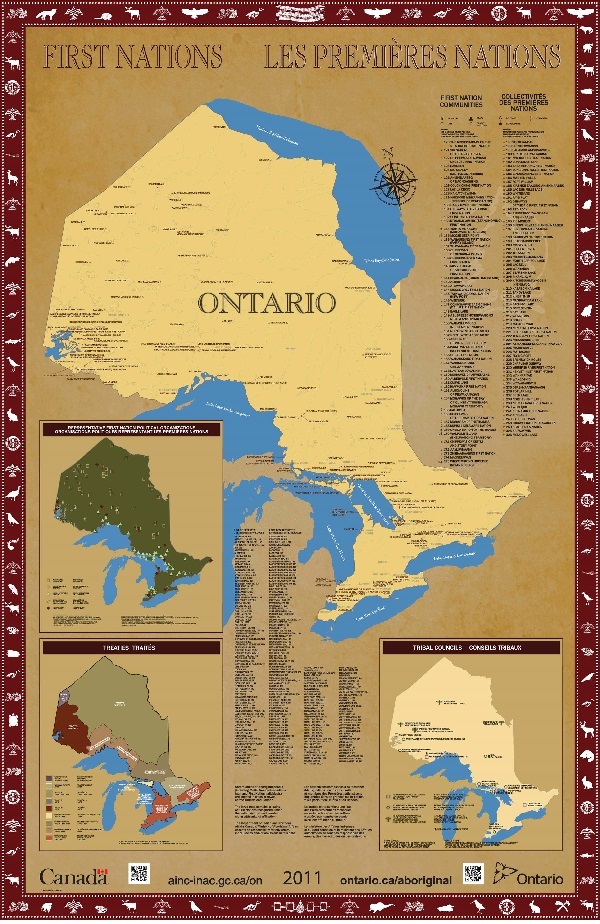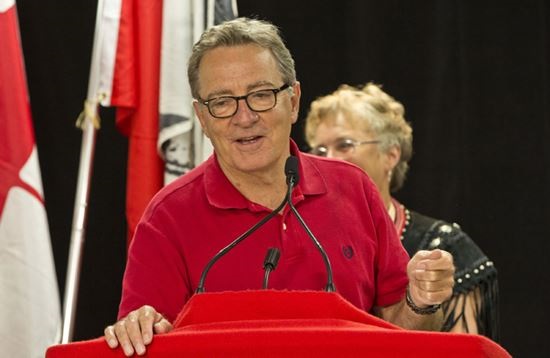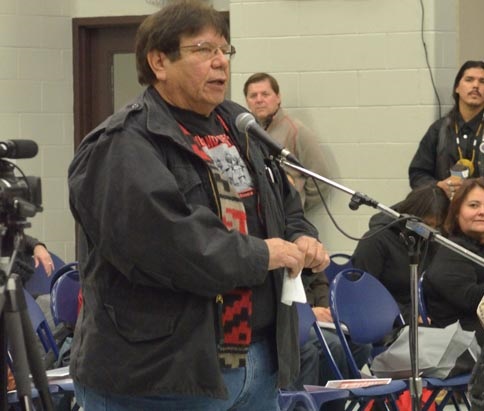
Ontario will help provide our students with greater knowledge and a stronger
appreciation of contemporary and traditional First Nation traditions, cultures, and
perspectives.”
Liz Sandals
Minister of Education
Ontario is sending a First Nations and Treaties map to every elementary and high school in the province as a first step towards raising awareness about treaties. The map will help teach students about the significance of treaties and the shared history of First Nations and non-Aboriginal Ontarians.
In partnership with First Nation leaders, new school curriculum about treaties is being developed to give students a better understanding of First Nation communities, cultures and perspectives. Ontario will also be working with First Nation partners to look for other opportunities to raise awareness and to better understand different perspectives on treaties and related issues.
Working with First Nations is part of the government’s plan that is creating jobs for today and tomorrow and focuses on Ontario’s greatest strengths — its people and strategic partnerships.
Quick Facts
A treaty is a negotiated agreement that sets out the rights, responsibilities and relationships of Aboriginal people and the Crown, including the federal and provincial governments.
First Nations and Treaties is the first detailed map of treaties that the Ontario government has published since the 1940s.
Prior to contact with Europeans, First Nations were distinct, independent nations. The treaties they made with the Crown reflect a mutual commitment to working together on areas of common interest and mutual benefit.
Ontario is covered by 46 treaties and other agreements such as land purchases by the Crown signed between 1781 and 1930.
Quotes

“Treaties are the foundation of the relationship between First Nation communities
and their neighbours. By working together, we are able to better understand one
another – our views, our beliefs, and the treaties without which our province would
not exist.” David Zimmer Minister of Aboriginal Affairs
“The treaty maps and related curriculum materials distributed in our schools across
Ontario will help provide our students with greater knowledge and a stronger
appreciation of contemporary and traditional First Nation traditions, cultures, and
perspectives.” Liz Sandals Minister of Education
“In the Report of the Ipperwash Inquiry I noted that one initiative on which virtually everyone agreed was the importance of teaching Ontarians about treaties and Aboriginal people. This treaties map and the Ontario curriculum introduced since the Inquiry are important steps on the road to reconciliation and wider recognition that we are all treaty people.” The Honourable Sidney B. Linden Commissioner

“The province of Ontario exists as it does because First Nations and settlers made treaties in the past. Those treaties remain vital agreements today. A better understanding of those treaties through education, public awareness and discussion is fundamental to a more prosperous tomorrow for all Ontarians.” Chief Tom Bressette Chippewas of Kettle and Stony Point First Nation
Supplemental- View full size map on your device.

Leave a Reply
You must be logged in to post a comment.